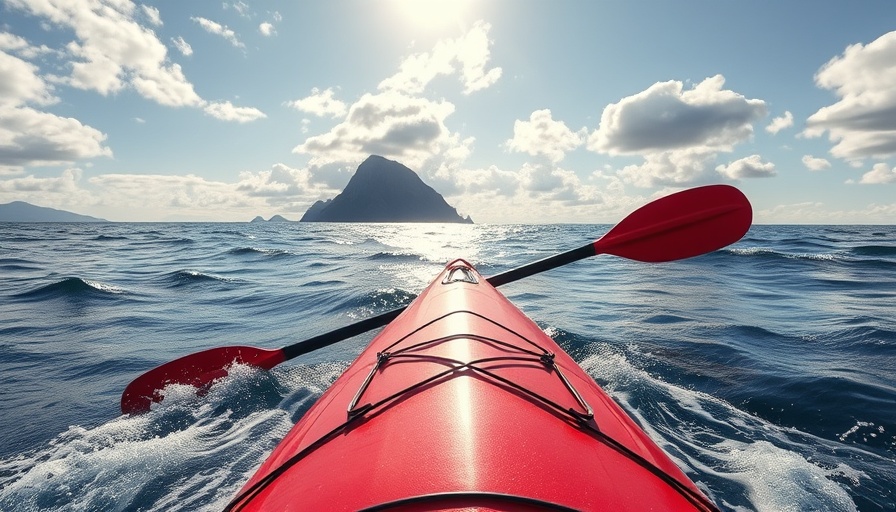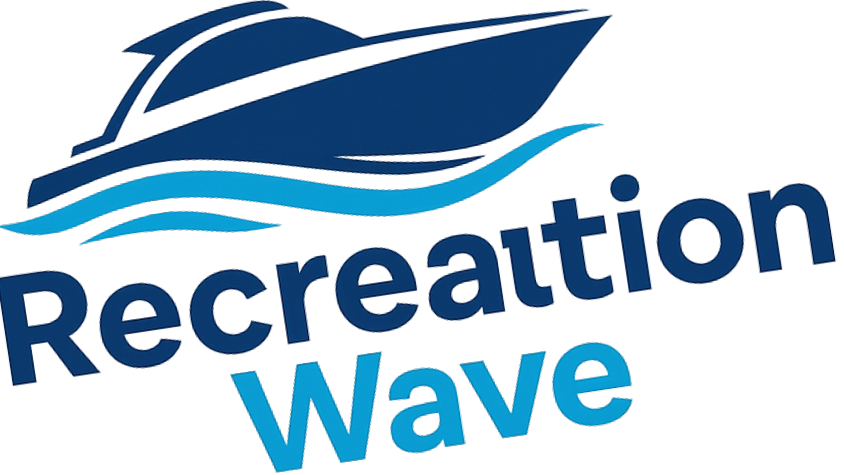
Paddling Straight: The Essential Techniques for Water Enthusiasts
Paddling in a straight line may seem like a simple task, yet for many, it can be a challenging endeavor, especially when faced with wind and current. Whether you’re navigating a serene lake or crossing a lively river, the direction you point your bow is often deceiving. Learning how to paddle effectively can transform your experience on the water, allowing you to reach your destination more efficiently and confidently.
Understanding the Basics of Tracking
Tracking while paddling refers to your ability to maintain a straight course without veering off path. Various factors contribute to effective tracking, including your technique, body stance, and environmental conditions. Unlike what many might assume, it’s not solely about having the perfect paddle or boat. Instead, achieving a straight path is largely about practice and understanding how to adjust for wind and current.
Visual Anchors: Finding Your Reference Points
A technique shared by experienced paddlers to help paddle in a straight line is establishing visual reference points or “ranges.” This involves selecting two stationary objects aligned with your destination. For instance, if you’re crossing a lake, find a distant hill or tree and align it with a closer one. Keeping these points in check helps you gauge whether you're drifting. If the objects begin to misalign, it signals you need to adjust your paddling.
Essential Techniques to Keep You on Course
Utilizing specific paddle strokes can significantly improve your ability to traverse straight paths. Techniques such as the J-stroke and C-stroke are particularly helpful. The J-stroke involves adding a flick at the end of your stroke that realigns your board without needing to keep paddling on one side. Similarly, the C-stroke emphasizes extending your reach and bringing your paddle close to the board, incorporating the J-flick at the end for optimal control.
Mind Your Weight Distribution
Equally important is the way you distribute your weight on the board. Uneven weight can cause it to tip, throwing off your balance and trajectory. To achieve better tracking, try to keep your weight centered and distribute your balance evenly across the board. This strategy allows for smoother navigation, especially on unpredictable water surfaces.
Adapting to Water Conditions
Wind and current can be relentless adversaries when trying to maintain a straight line. If you're paddling into a headwind, it might mean compensating by paddling more on the side that's facing away from the wind. Conversely, with a tailwind, you could focus on keeping your paddle steady and aligned with your point of reference.
Practical Tips for success
Here are a few enhanced tips to help you paddle straight:
- Look Ahead: Maintain your visual focus on your endpoint rather than the water immediately in front of you. Where you look is where you go!
- Paddle Height: Ensure your top hand is above the board's rail. This adjustment helps keep your paddle vertical, promoting a more straightforward stroke.
- Equipment Matters: The shape and size of your paddle, as well as the board's design, can influence tracking. A fin with a larger area can offer better stability.
The Journey Ahead: Embrace the Experience
Learning how to paddle in a straight line amidst challenging conditions is not merely a technical skill—it's about nurturing confidence and enhancing your overall paddling experience. With practice and strategy, you can glide gracefully through the waters, savoring every moment of your adventure. More importantly, you'll be part of the vibrant paddling community that celebrates both the journey and the destination.
Join the conversation: Share your paddling experiences and insights with fellow enthusiasts in local paddling groups, social media platforms, and community events. Adventure awaits!
 Add Row
Add Row  Add
Add 




Write A Comment